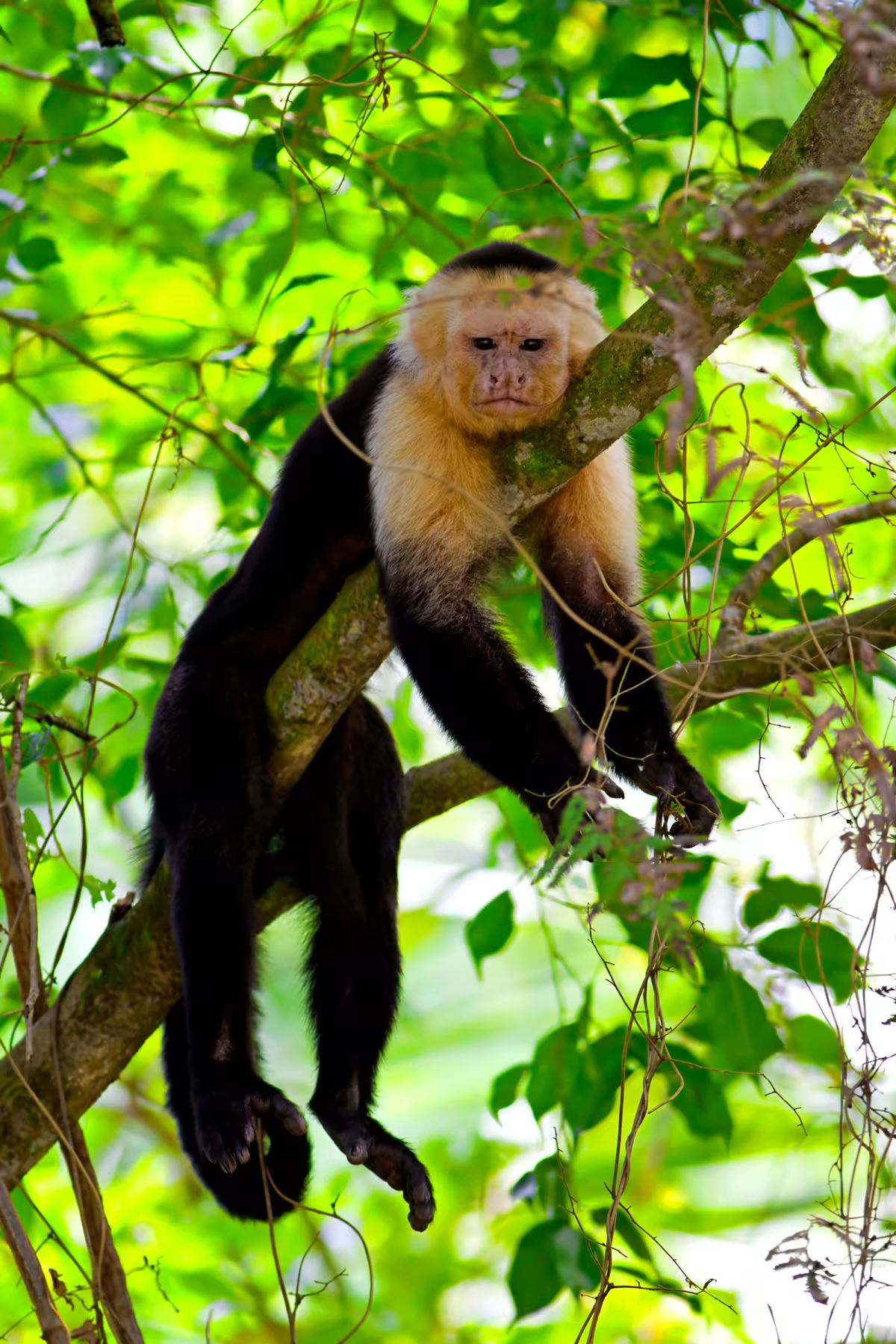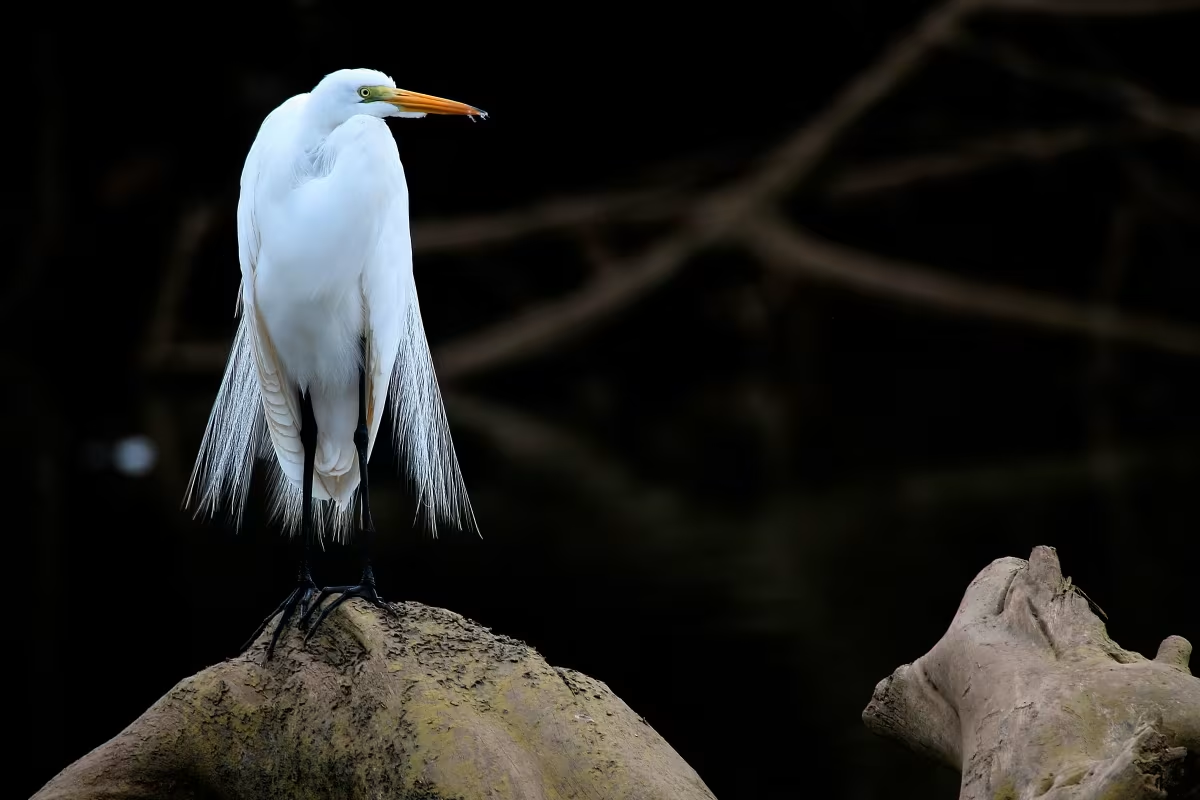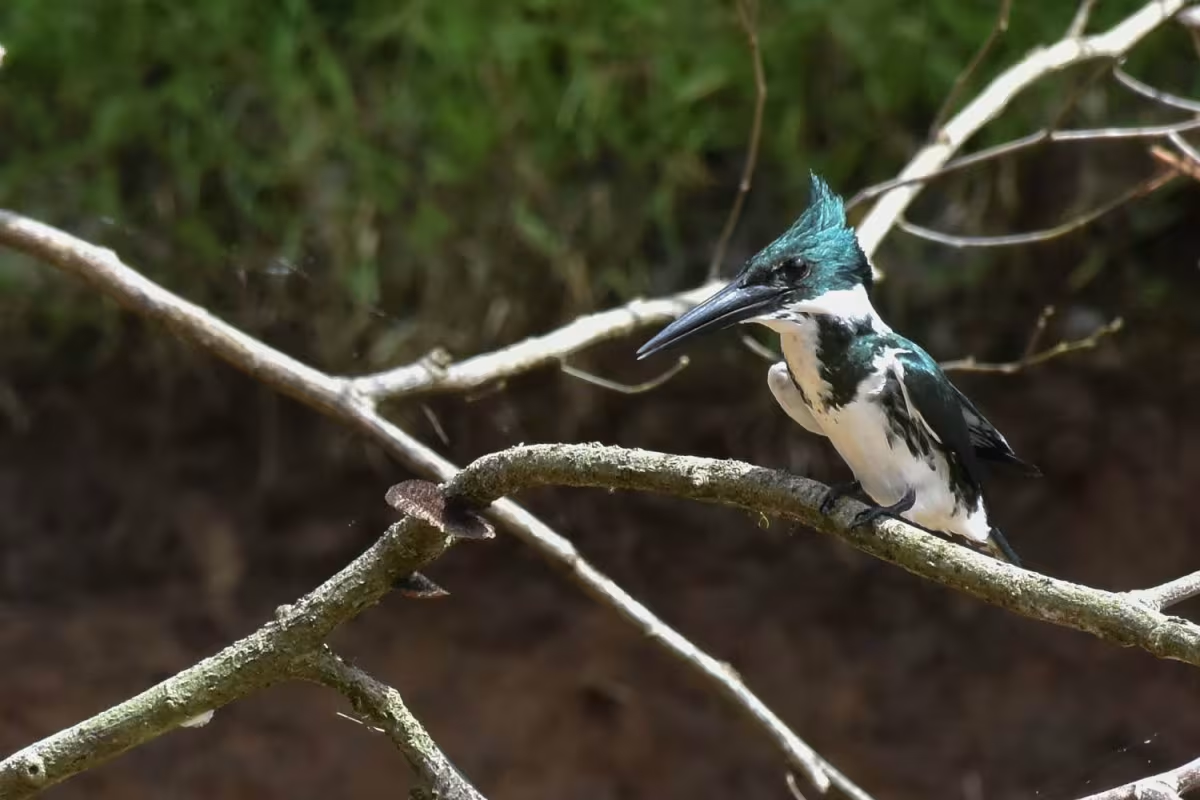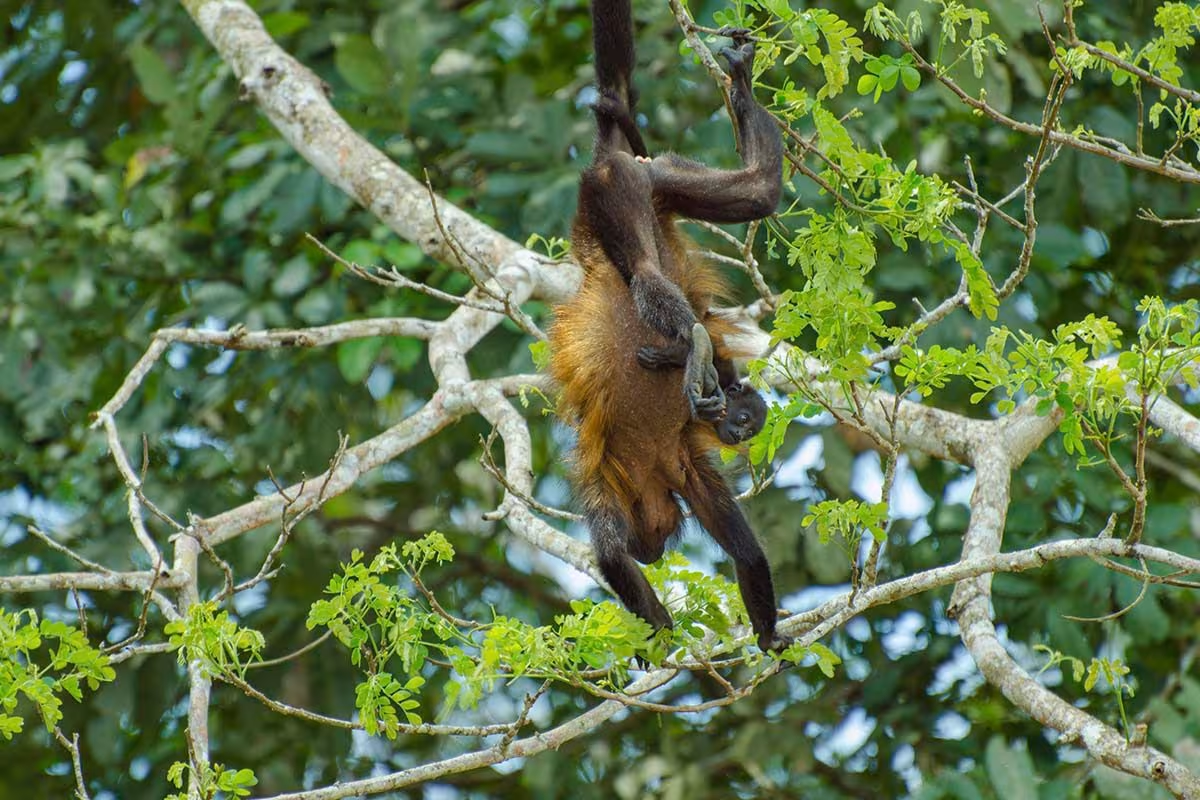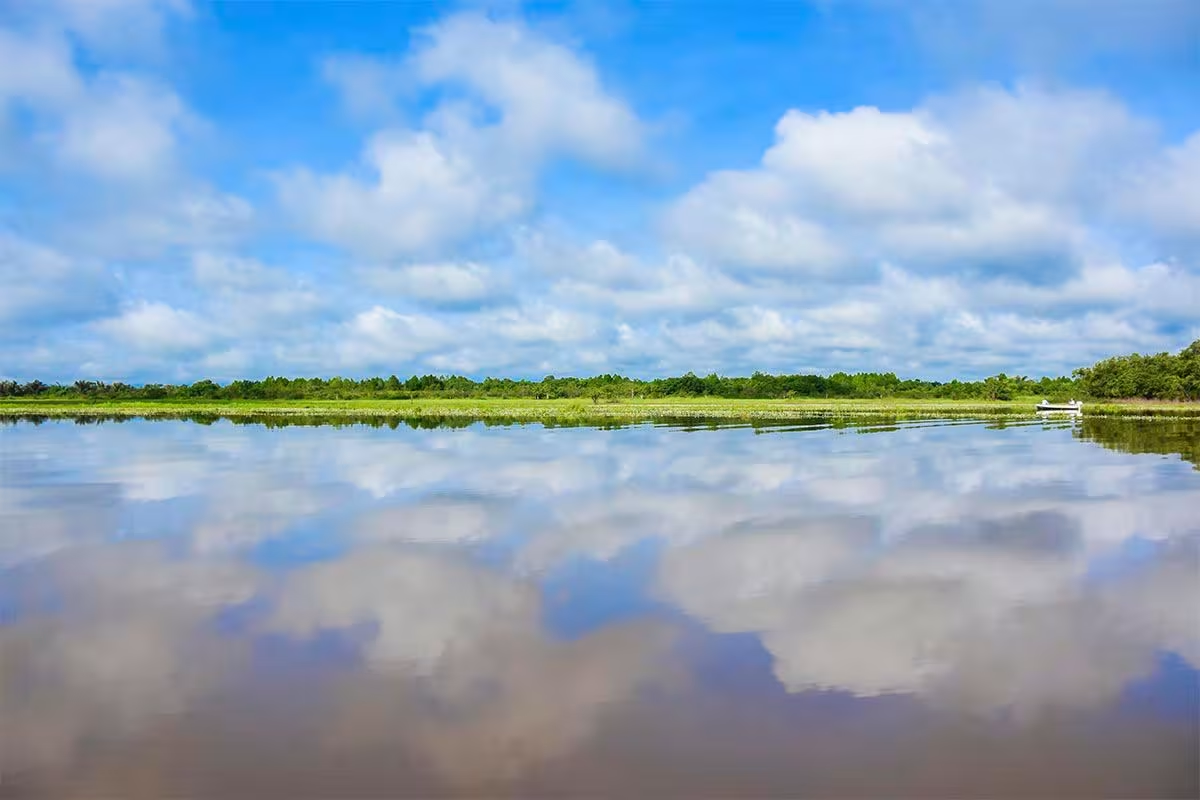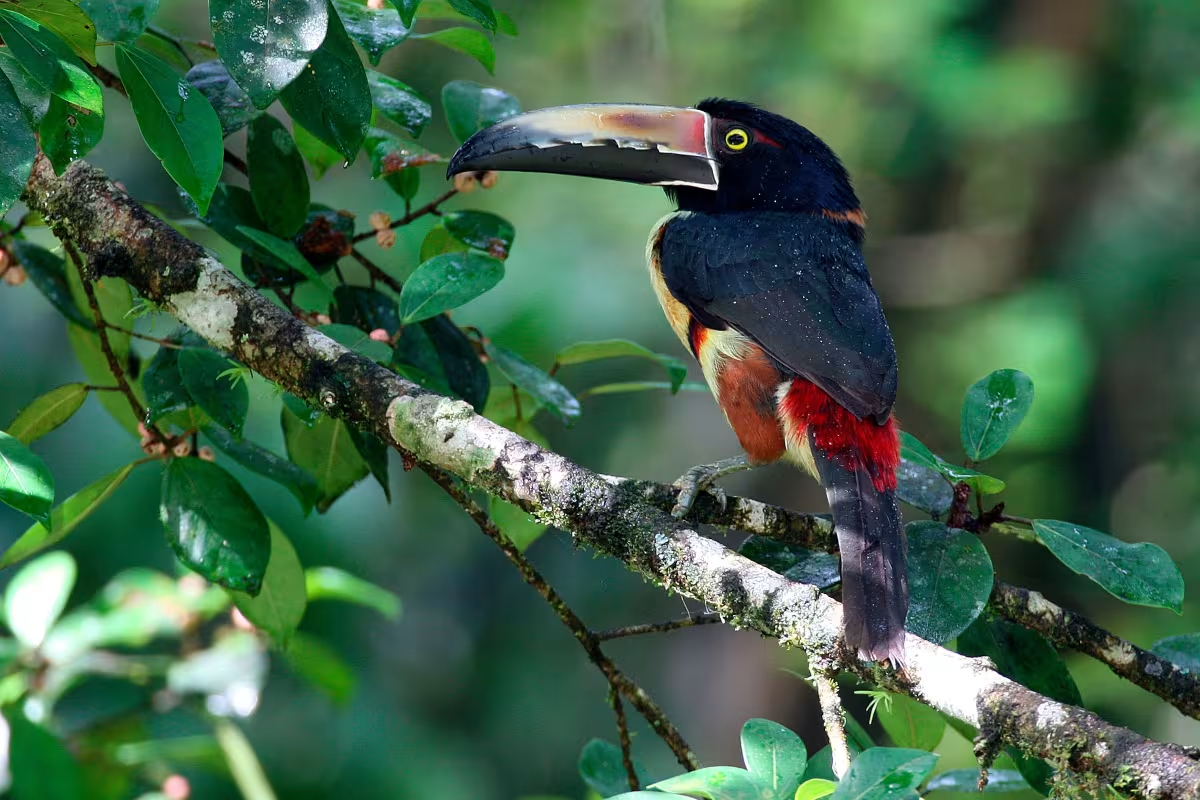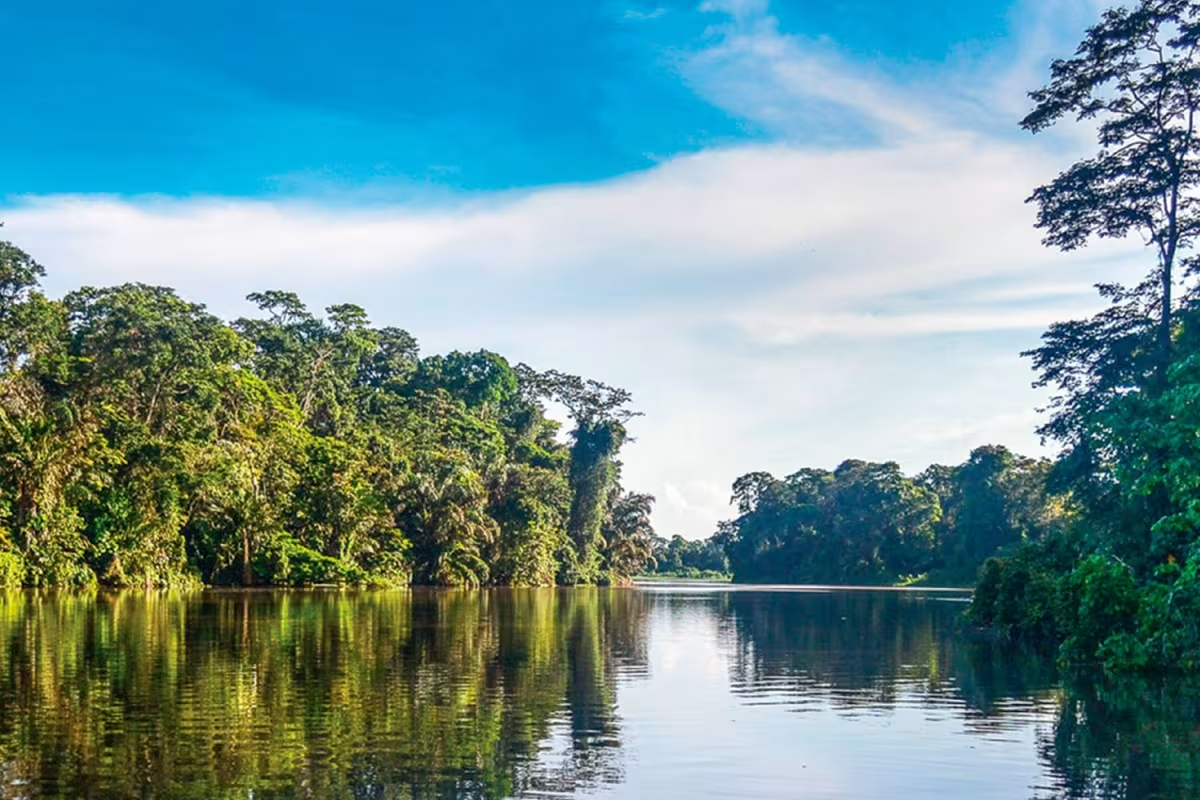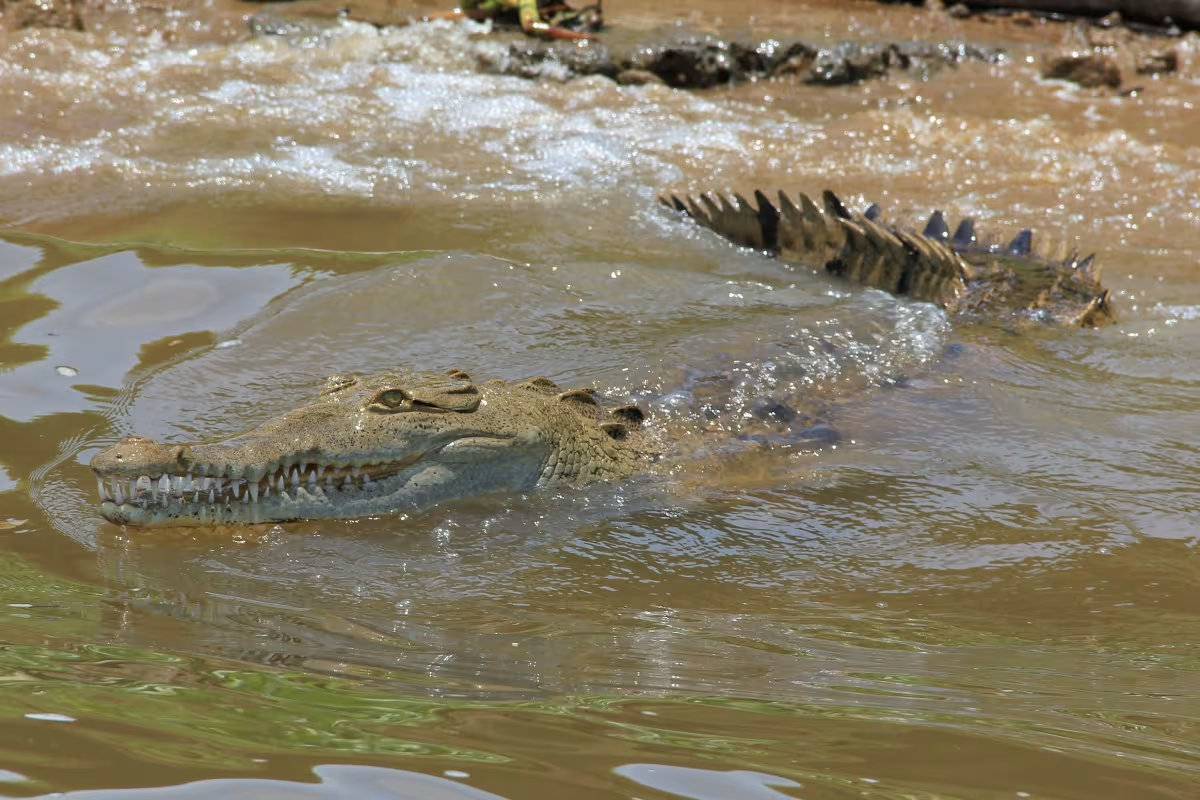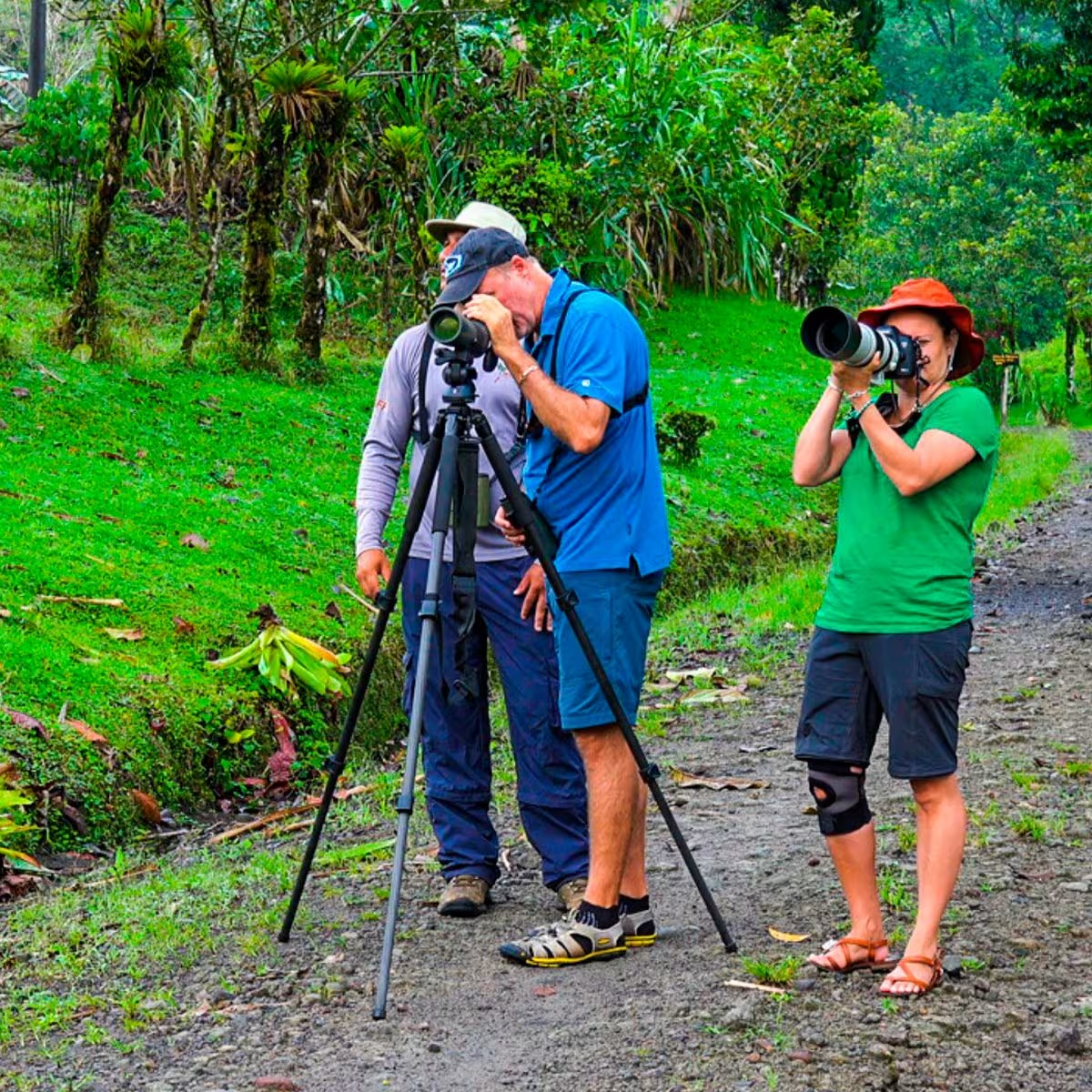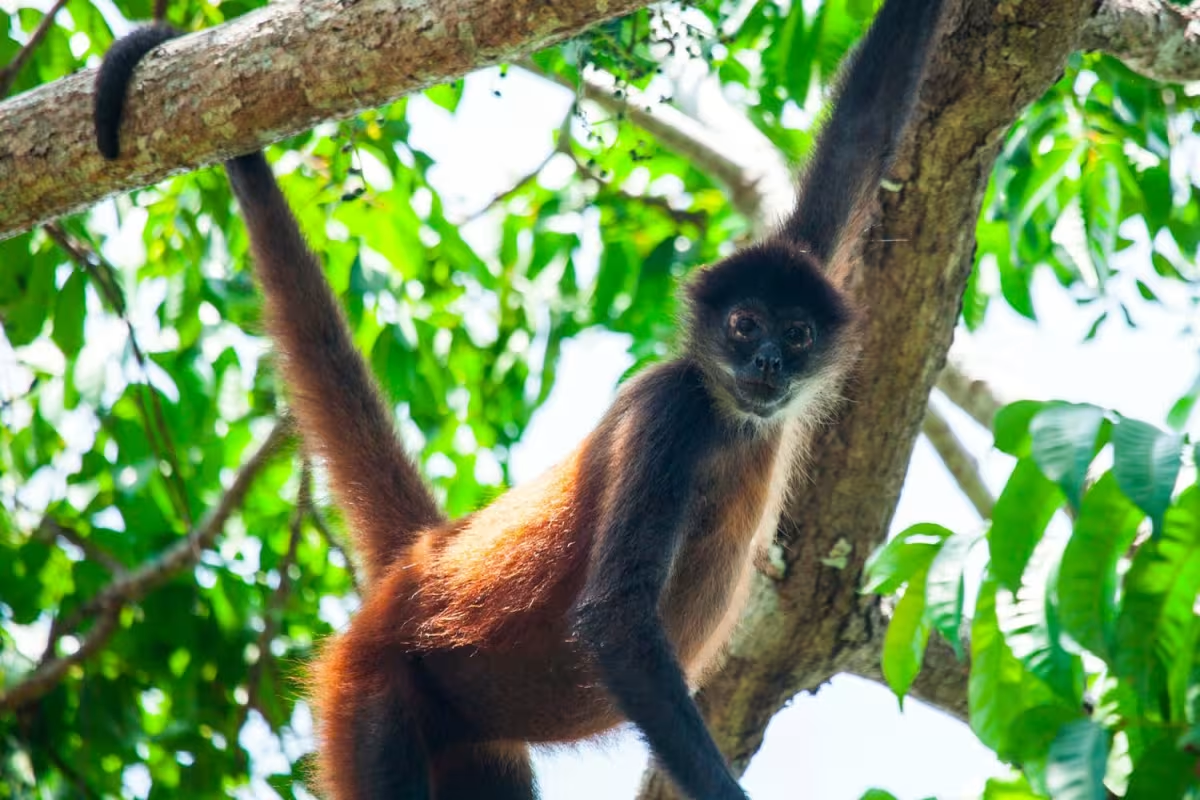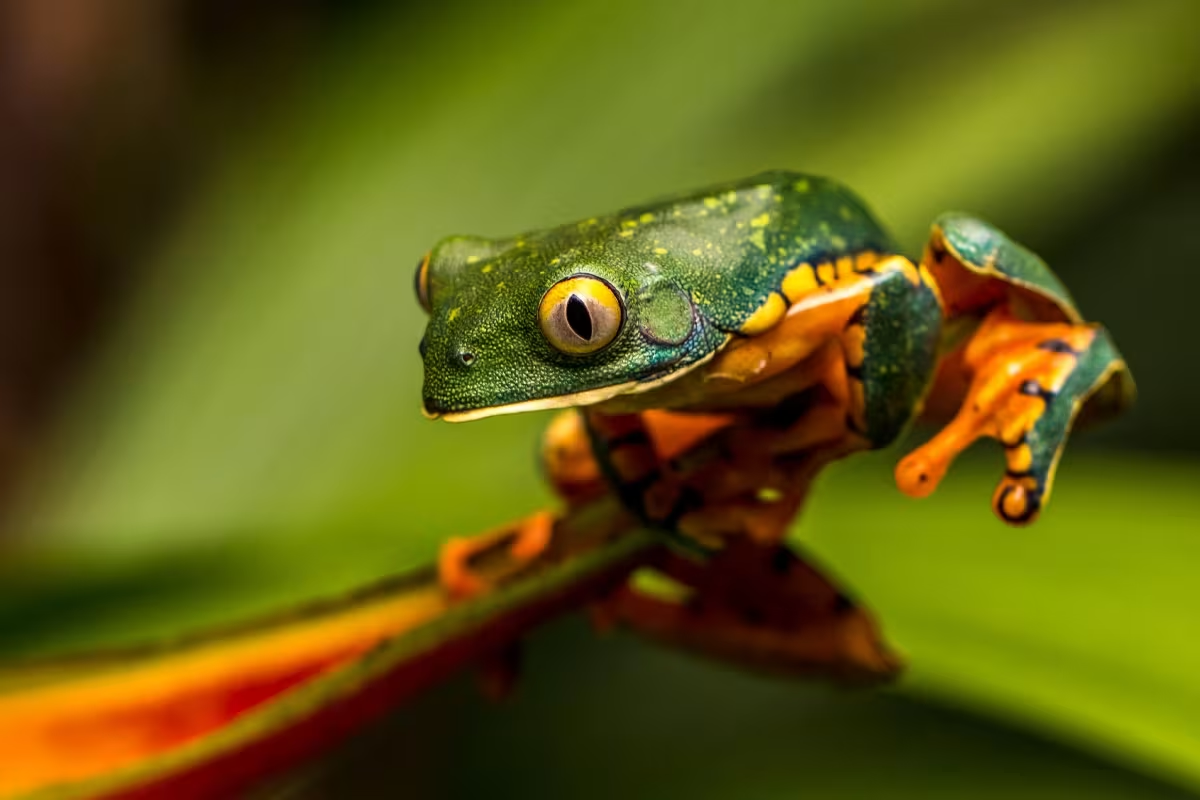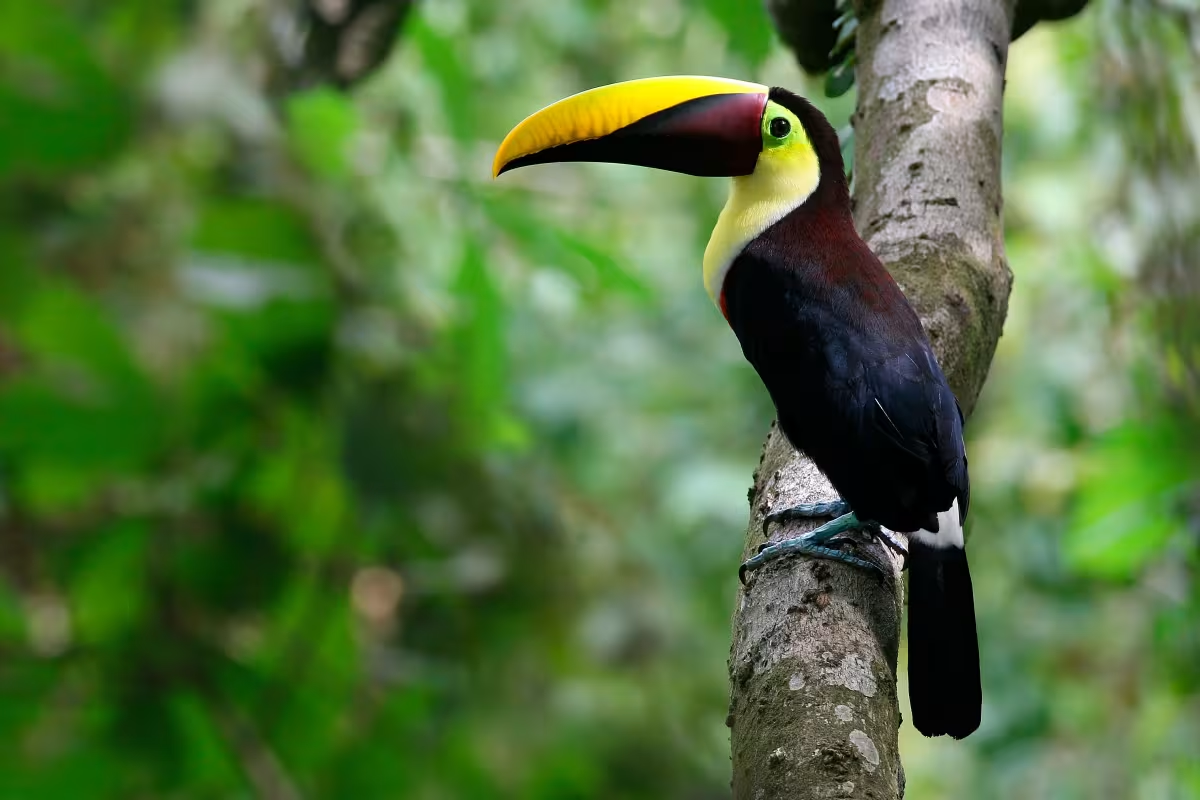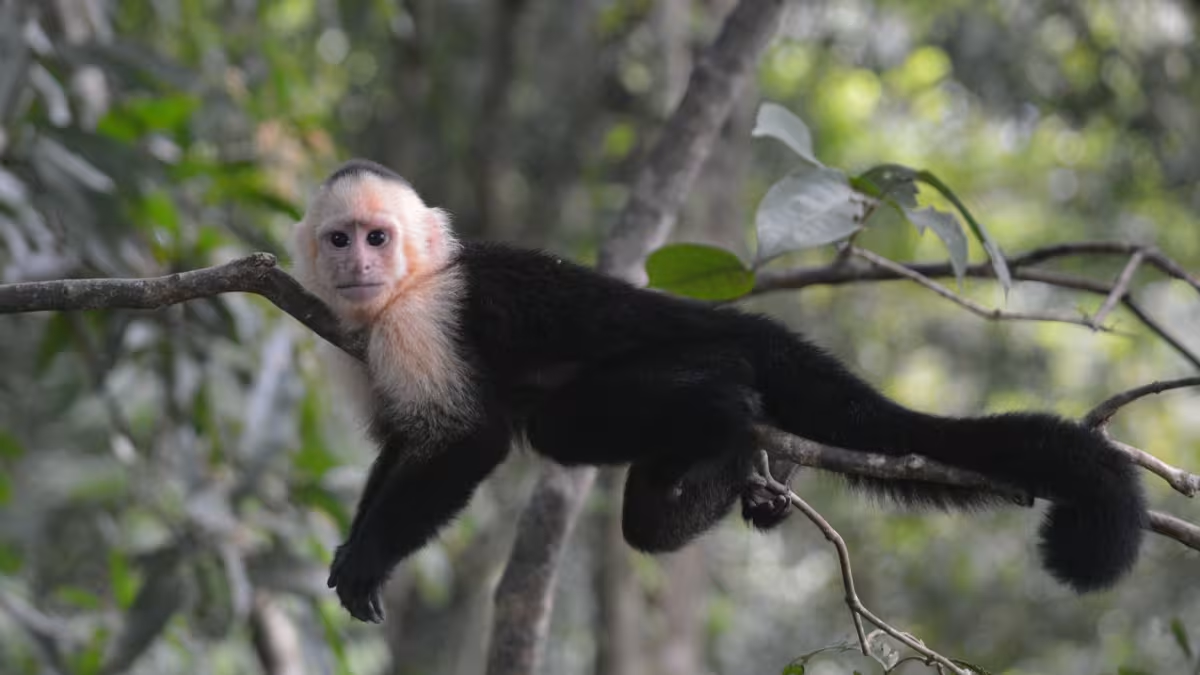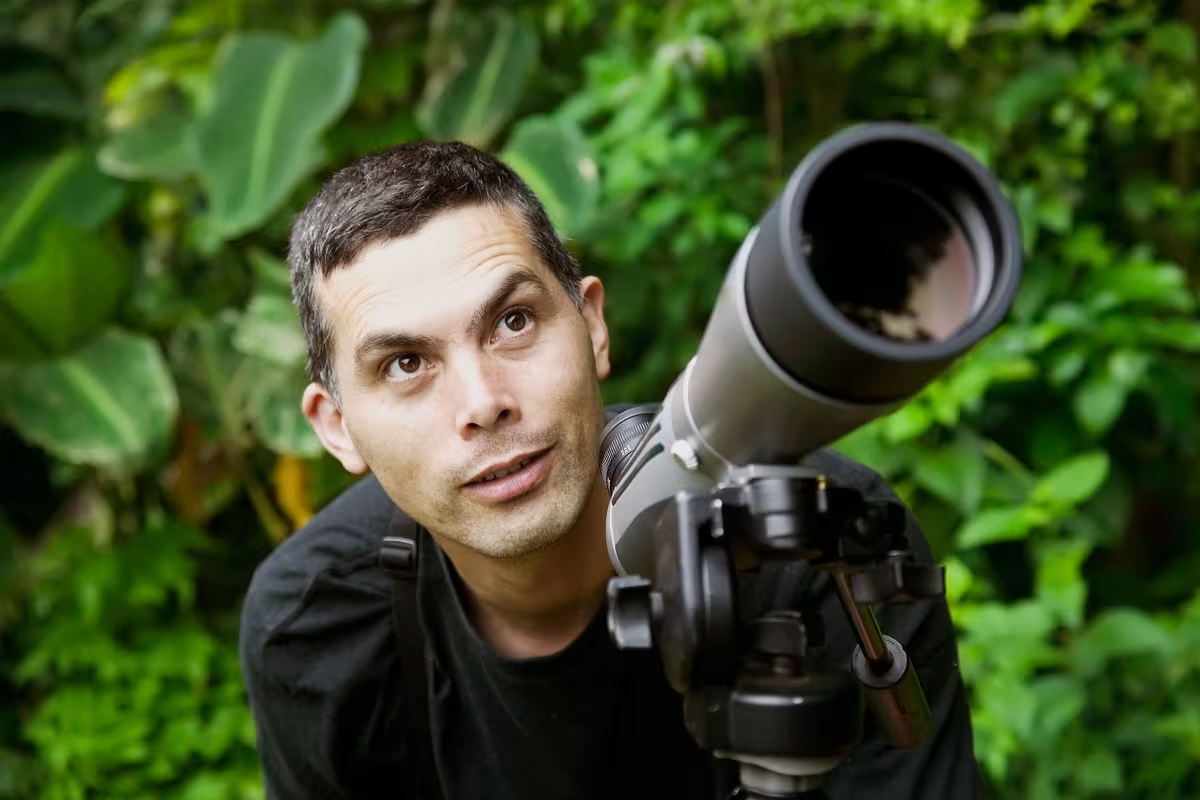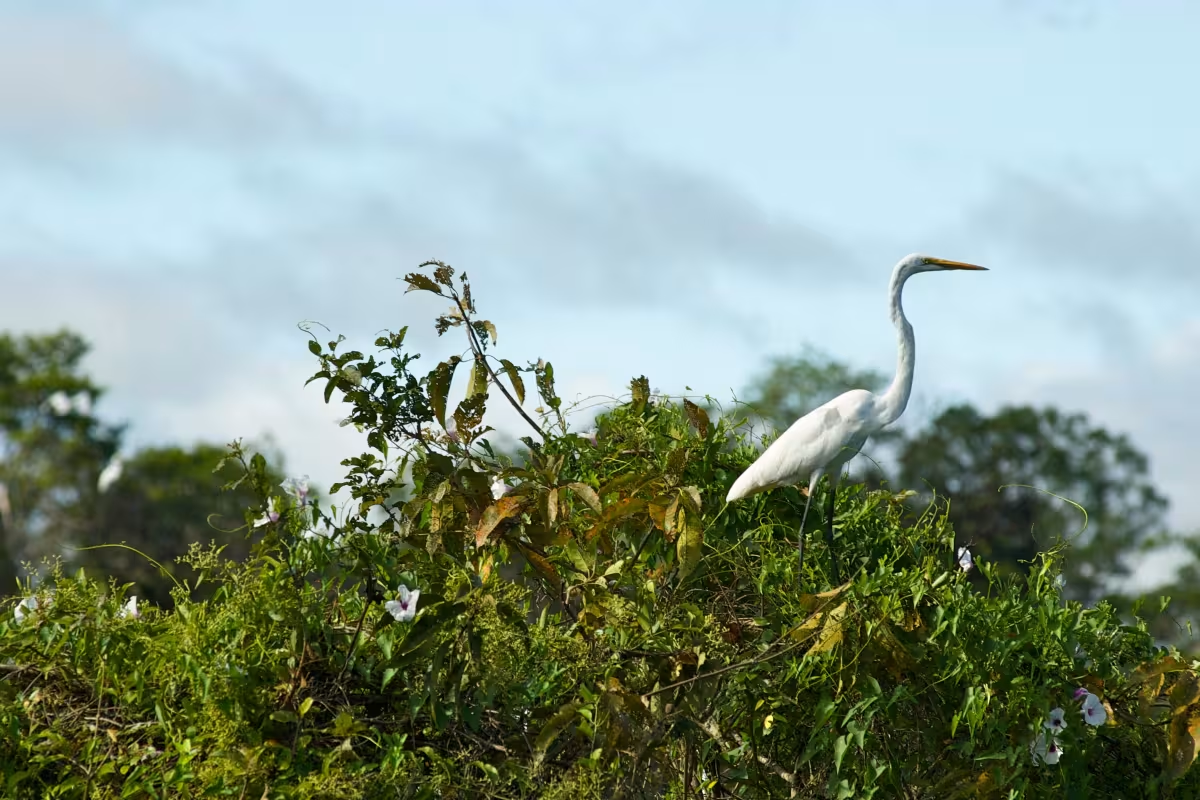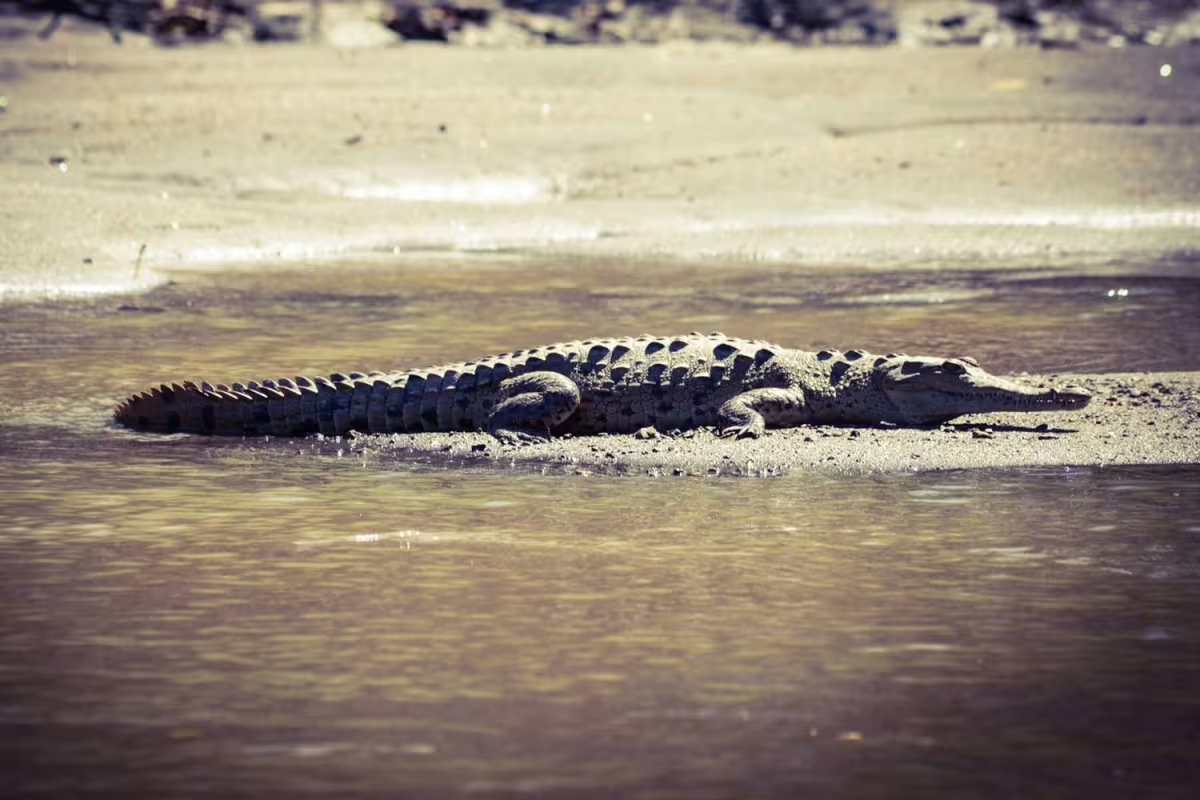Enjoy a boat tour in Costa Rica

Exploring Costa Rica by boat is one of the most peaceful and rewarding ways to experience the country’s remarkable biodiversity. These trips take you into wetlands, mangroves, rivers, and lagoons where wildlife thrives, and where you can relax on safe, comfortable boats while letting the jungle reveal itself around you. The stillness of the water means that animals are less disturbed, and you are able to see them at close range in their natural environment.
Naturalist guides lead the way, pointing out crocodiles basking on riverbanks, bats clustered under tree trunks, monkeys leaping through branches, and countless tropical birds overhead. It is an activity suitable for all ages, requiring little physical effort, and one that can be enjoyed throughout the year. For birdwatchers, families, and anyone who wants a window into Costa Rica’s wild landscapes, boat tours offer a perspective you simply cannot get on foot.
Caño Negro Wetlands

In northern Costa Rica near the Nicaraguan border, the Caño Negro Wetlands are among the country’s best birdwatching destinations. Most visitors come from the Arenal area and travel the Río Frío, a slow, calm river that winds past rainforests, marshlands, and pastures before reaching the lake. Over two hundred bird species are found here, including herons, kingfishers, and the Jabiru stork, the tallest flying bird in Central and South America. Along the way, you may also see caimans, iguanas, monkeys, and sloths. The wetlands are especially productive during the rainy season, when the lake fills and water birds gather in large numbers.
Caño Blanco Sanctuary

Also accessible from the Arenal region, the Caño Blanco Sanctuary protects fifty acres of private wetland habitat. Cruising along its quiet river channels, you’ll find an impressive variety of resident and migratory bird species, from jacanas to ospreys. The sanctuary is also home to sloths, monkeys, and reptiles, making it a well-rounded stop for anyone wanting to see wildlife in a more secluded setting. Trips end at Caño Blanco Lake, where visitors can pause to enjoy the scenery and the stillness.
Palo Verde National Park

On the Tempisque River in Guanacaste lies Palo Verde National Park, which safeguards more than 18,000 hectares of wetlands, marshes, lagoons, mangroves, and tropical dry forest. The diversity of habitats here attracts a huge variety of birdlife, including spoonbills, storks, and herons. The Jabiru stork is also a regular sighting in the park. Other residents include howler monkeys, coatis, iguanas, and anteaters. The dry season, from December to April, is particularly rewarding, as migratory birds gather in large flocks and animals concentrate near remaining water sources.
Tortuguero National Park

On the Caribbean coast, Tortuguero is a place where boats are the only way to move between villages, rivers, and rainforest. Known for its network of canals and as one of the most important nesting sites for sea turtles in the Americas, the park offers visitors the chance to explore a true water wilderness. Wildlife here is prolific: monkeys, sloths, caimans, manatees, river turtles, and more than four hundred species of birds. The atmosphere is remote and quiet, ideal for travelers who want to immerse themselves in a landscape largely unchanged by development.
Crocodiles on the Tárcoles River
Closer to the central Pacific coast, the Tárcoles River is famous for its dense population of large American crocodiles. Boat tours here give you a safe and close-up look at these powerful reptiles in their natural setting. Birdlife is also abundant, with scarlet macaws, herons, and kingfishers commonly seen along the riverbanks.
Other Destinations
Elsewhere, boat tours navigate the mangrove estuaries of Damas Island near Manuel Antonio and the vast Terraba Sierpe mangrove system further south, where the tangled waterways are rich in bird and reptile life. On the Pacific coast near Uvita and Dominical, boats head offshore into Marino Ballena National Park for whale watching during the migration seasons, or to nearby Caño Island for snorkeling among coral reefs and tropical fish. In each case, the water provides access to habitats that would otherwise be inaccessible.
FAQs about Exploring Nature in Costa Rica by Boat
Common questions about this activity:
What kinds of animals can you expect to see?
Wildlife varies by location, but common sightings include monkeys, sloths, crocodiles, iguanas, caimans, bats, and hundreds of bird species. In some areas you may also encounter manatees, sea turtles, or even whales and dolphins.
Is this activity suitable for children?
Yes. Boat trips are calm and safe, making them accessible for families with children. Very young kids may not enjoy sitting for long stretches, but older children usually find the wildlife spotting exciting.
Do I need to be in good physical condition to take a boat tour?
No. These trips require little physical effort and are suitable for visitors of all ages and fitness levels.
When is the best time of year for a boat trip?
Boat tours operate year-round. In wetland areas such as Caño Negro, the rainy season brings more bird activity, while in places like Palo Verde the dry season is best for concentrated wildlife sightings. Whale watching off the Pacific coast is tied to migration seasons, typically July–October and December–March.
Are tours guided?
Yes. Trained naturalist guides accompany all boat tours, sharing insights about the ecosystems, pointing out animals, and explaining the conservation importance of the areas being visited.



